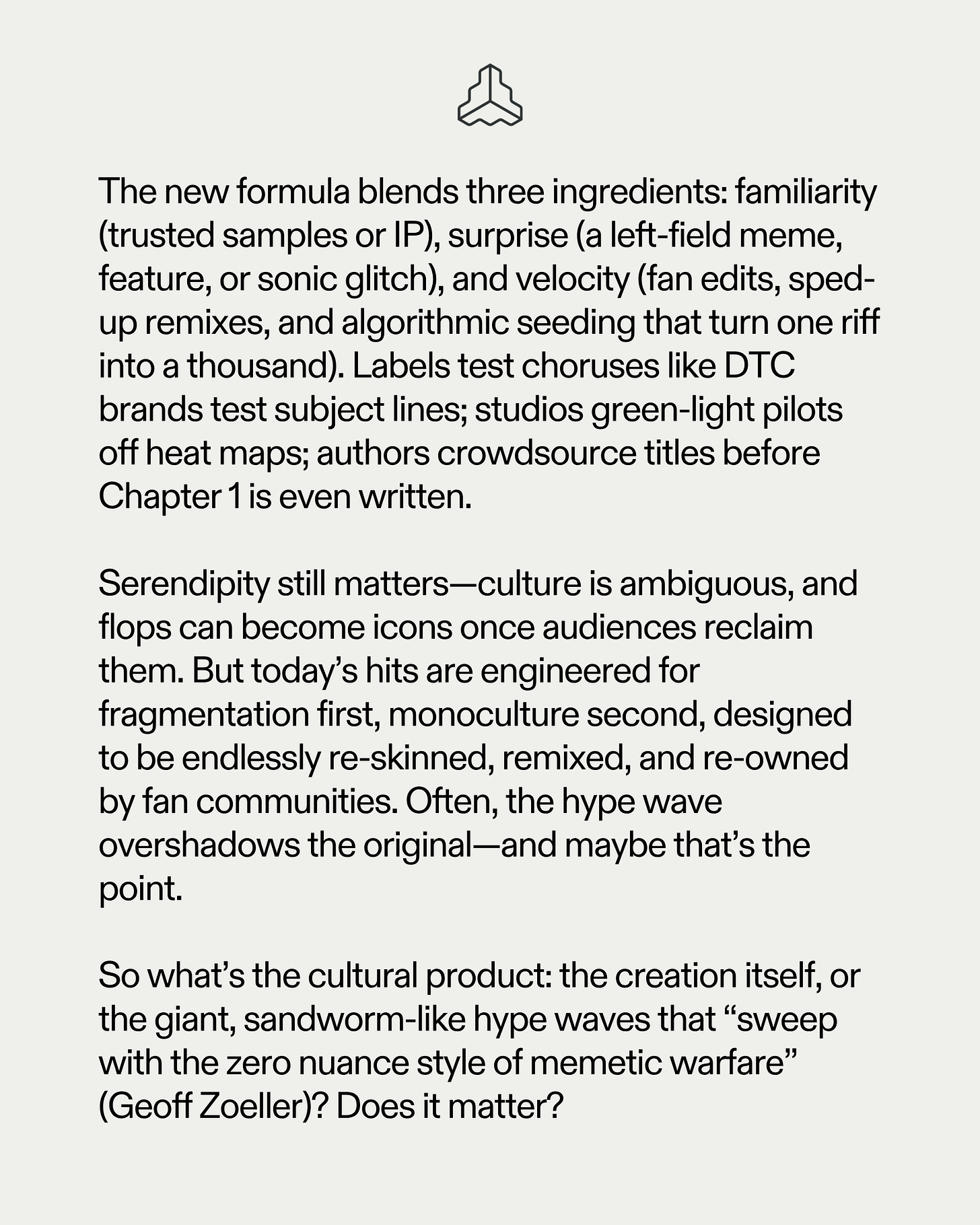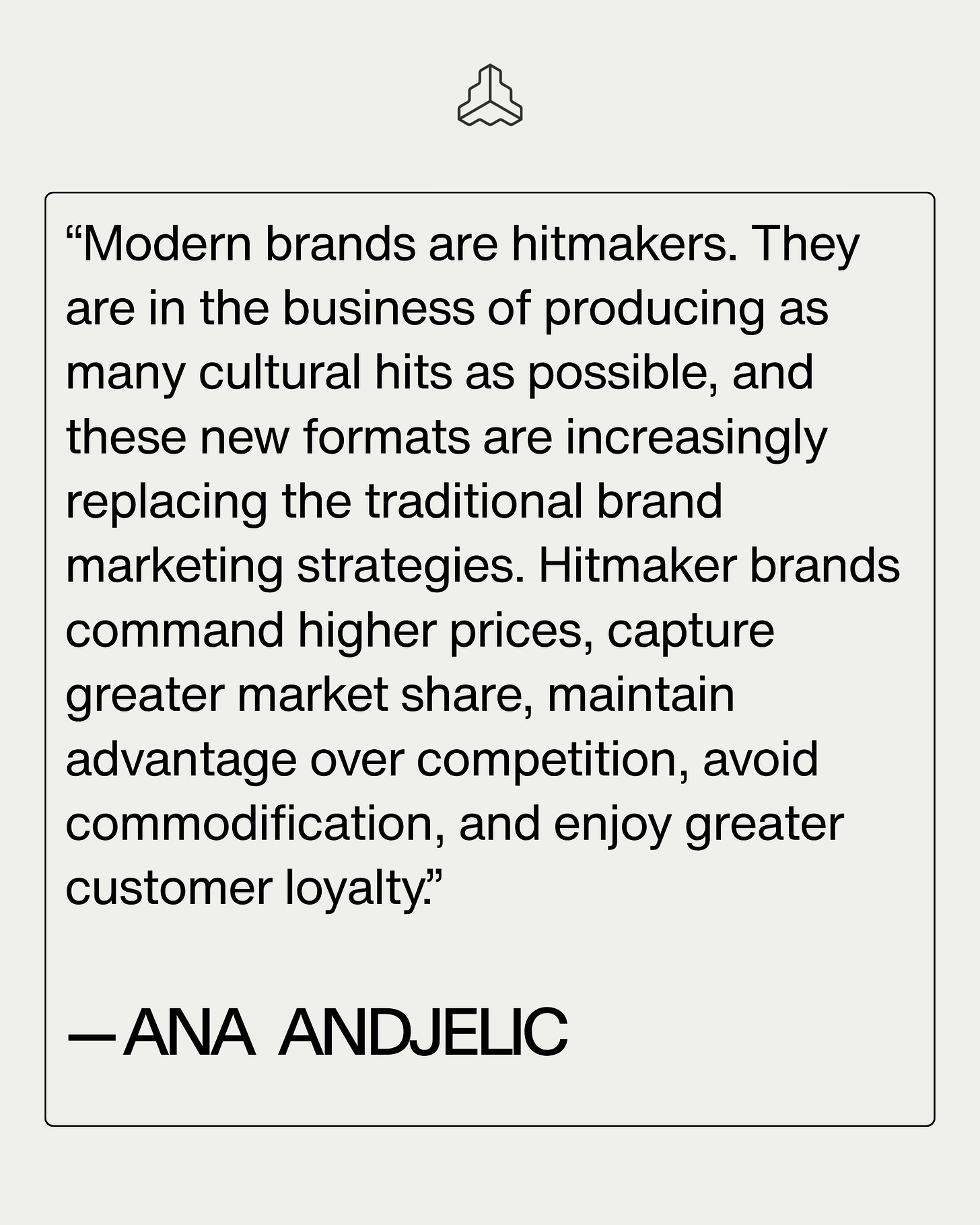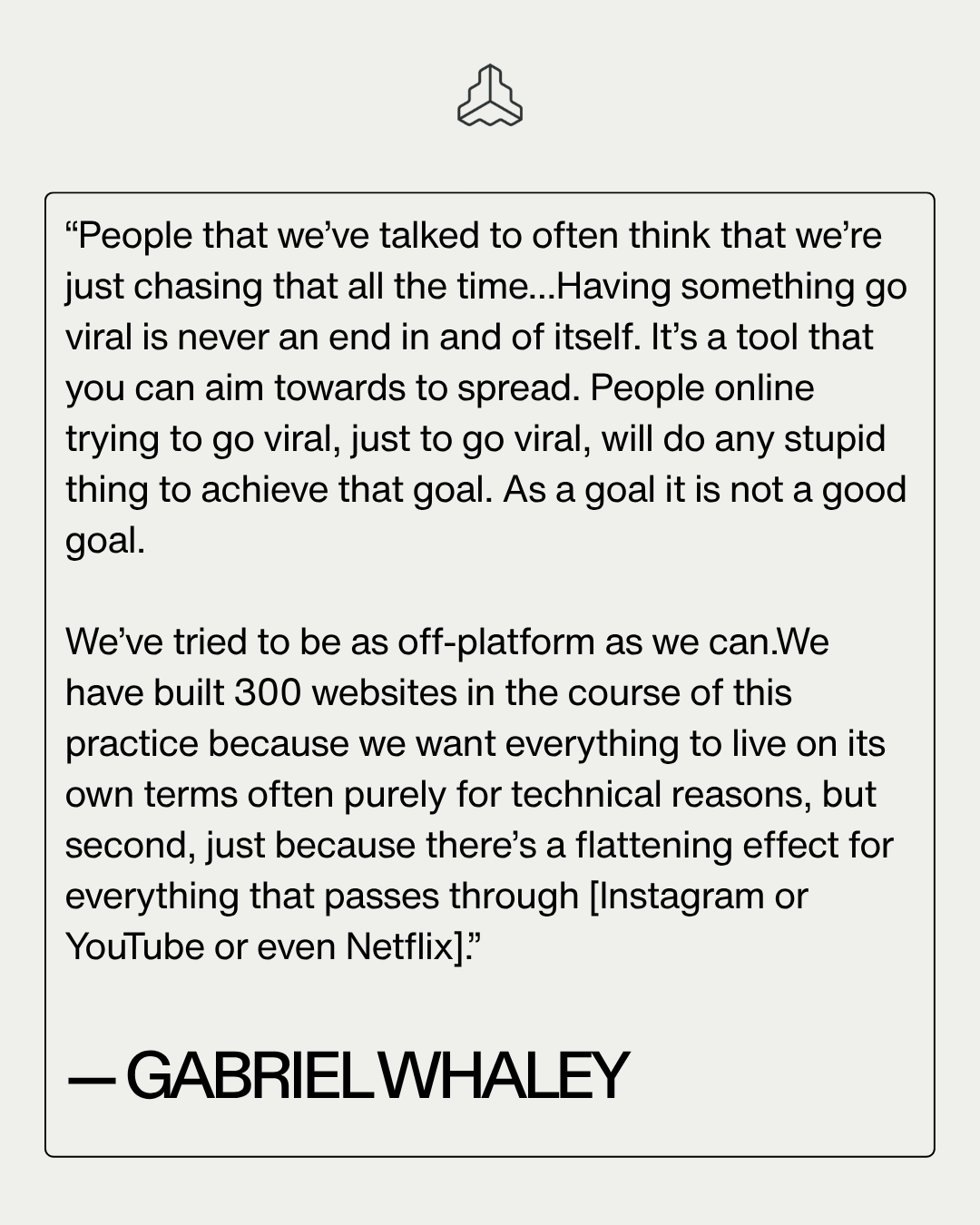Hit-making in 2025 is less “lightning in a bottle” and more “weather system you model in real time.” Blockbusters still exist, but they’re now forged at the intersection of predictive data science, short-form culture labs (TikTok, Reels, Douyin), and AI that versions every hook for every micro-tribe.
The new formula blends three ingredients: familiarity (samples or IP audiences already trust), surprise (a left-field meme, unexpected feature, or sonic glitch that triggers share-impulse), and velocity (fan-cut edits, sped-up remixes, and algorithmic seeding that turn one riff into a thousand). Labels A/B/C/D/ETC-test choruses the way DTC brands test subject lines; studios green-light pilots off heat-map retention curves; authors crowd-source titles before Chapter 1 is finished.
But this doesn’t mean there isn’t room for serendipity, because we all look at each other to tell us what to like, wear, watch, go, and listen to. Fight Club was originally a flop; so was now-iconic Blade Runner, which at the time of its release, barely made its budget. Nobody knows anything, because cultural markets are ambiguous, and companies whose business is culture need to release a lot of cultural products in order for some of them to make money and become hits.
Yet the paradox holds: once a track, film, or sneaker colorway tips into true ubiquity, its value shifts from novelty to affiliation—superfan remixes, resale markets, Discord lore. In other words, a 2025 hit is engineered for fragmentation first, monoculture second, and its half-life is measured by how quickly it can be re-skinned, remixed, and re-owned by the crowd that sent it viral in the first place.
What is the cultural product here? The original creation or the giant, sandworm-like hype waves that “sweep with the zero nuance style of memetic warfare through the internet, creating awareness for the products he wishes to peddle” - Geoff Zoeller? Does it matter?
Hitmakers, by Ana Andjelic: Contemporary brands are in the business of producing as many cultural hits as possible, and these new formats are increasingly replacing the traditional brand marketing strategies.
‘Song of the Summer’ Is Dead—Thank God for That by Taylor Crumpton: Atomized listening killed the single, shared summer anthem.
How the Stanley Cup Went Viral by Kyle Chayka: Long-form narrative on Stanley’s “everywhere all at once” moment and what it signals about post-monoculture distribution.
Telfar Clemens’s Mass Appeal by Emily Witt: Profiles the “Bushwick Birkin” playbook—limited drops, community voting, price accessibility—that recoded luxury as a fandom sport.
The Button-Pushing Impresario of Balenciaga by Lauren Collins: Dissects Demna’s outrage-as-art strategy, proving that controlled provocation can keep a heritage house at the center of cultural discourse.
More Than Just Shoes: How Air Jordans Kicked Off a Revolution by Johnny Davis: Re-examines Nike’s 1985 “Banned” myth, detailing how manufactured controversy became a forever revenue flywheel.
The Case for Nike by Bobby Hundreds: Argues Nike’s genius is perpetual culture-surfing—turning skate, hip-hop and resale subcultures into mainstream product pipelines before rivals can react.
How Liquid Death Became Gen Z’s La Croix by Sam Stone: Details the canned-water brand’s mash-up of metal aesthetics, memes and sustainability politics that turned water into lifestyle flex.
If Every Brand Is Funny Online, Is Anything Funny? by Sopan Deb: Duolingo, Pop-Tarts and Nutter Butter show that absurd, rapid-fire cultural stunts can out-perform classic brand campaigns.
What Will Jonathan Anderson Transform Next? by Rebecca Mead: The Irish designer turned Loewe into fashion’s most coveted brand by radically reinterpreting classic garments. Now he seems poised to make over Dior.
How the Ugly Shoe Got Chic by Lora Kelley: Traces how comfort-first footwear (Crocs, Birkenstock, Salomon) leveraged pandemic pragmatism and designer collabs to morph “ugly” into status.
Is the Tipping Point Toast? by Clive Thompson: Cites Duncan Watts’s network experiments to debunk the “influencer” myth, arguing that viral hits emerge from massive, unpredictable cascades rather than a handful of super-connectors.
The Interview: MSCHF: An in-depth interview with the founders behind the viral product studio MSCHF.
This article is part of the curated series that Barr Balamuth and I are editing for Frontify.
















Great list! That's the weekend reading sorted ✅
https://karamawi.gumroad.com/l/lqrhkg